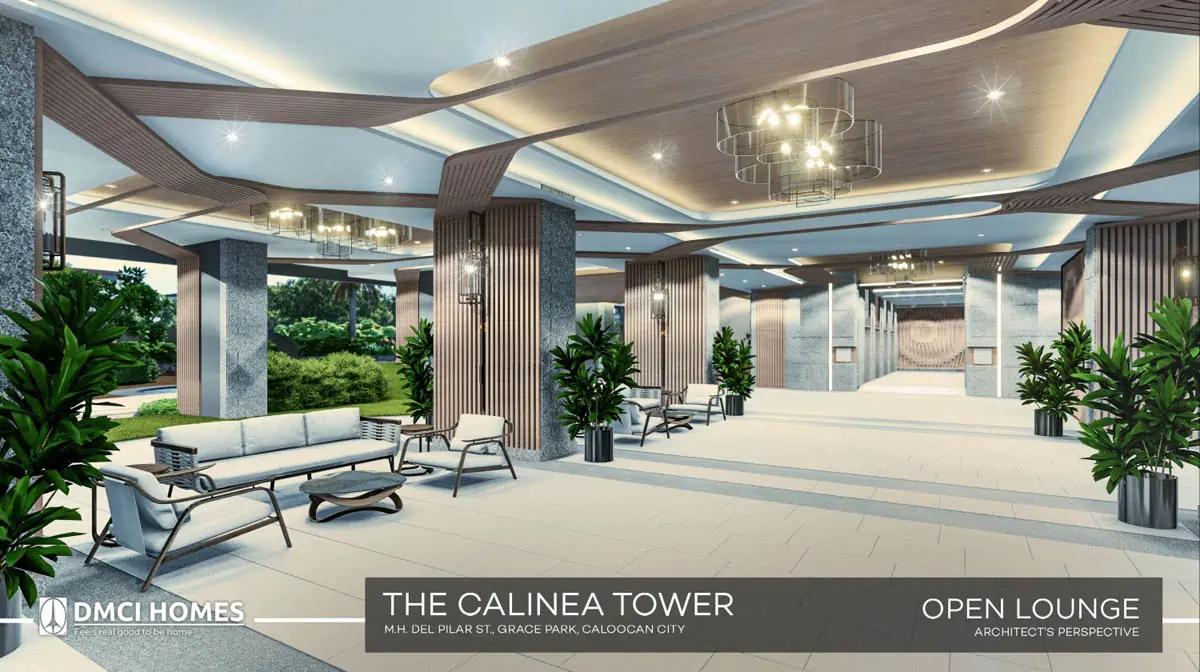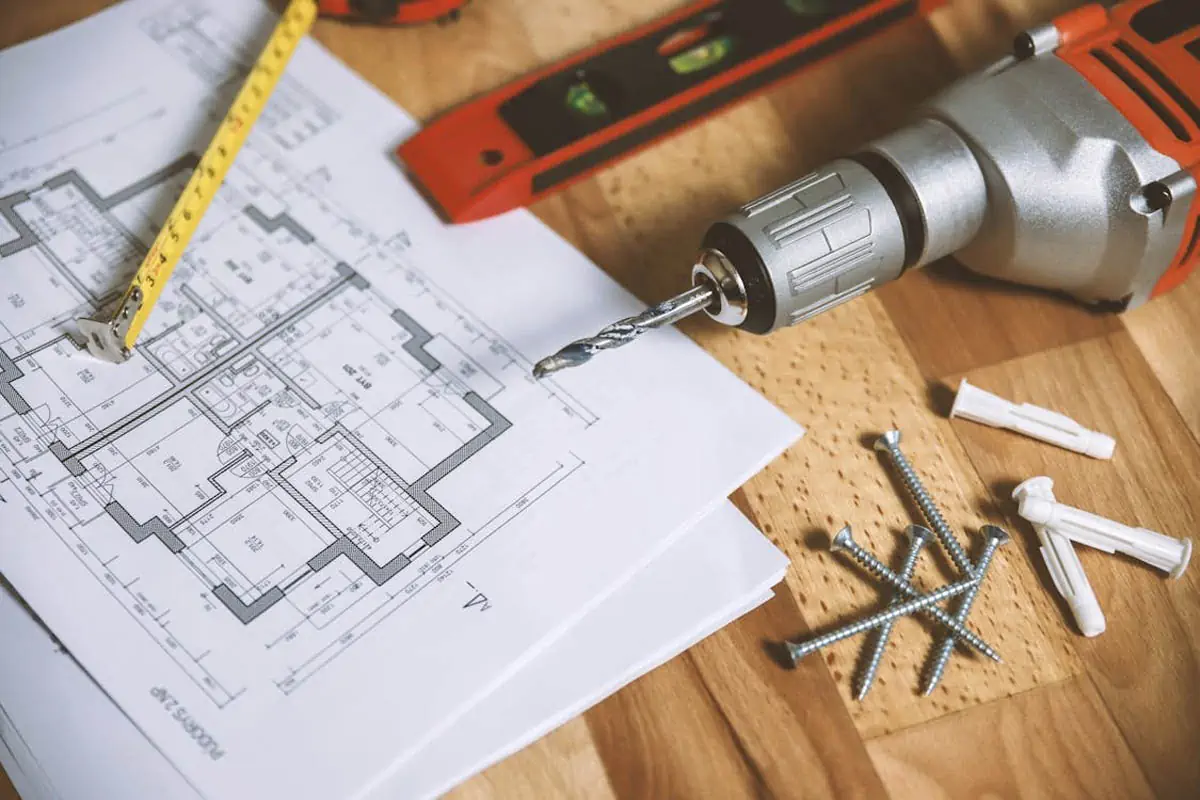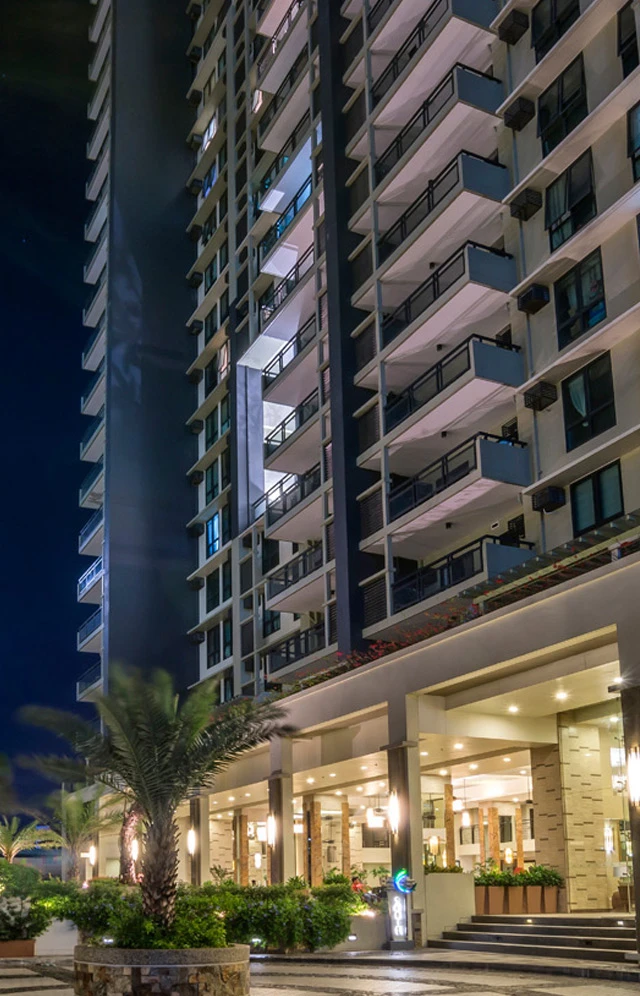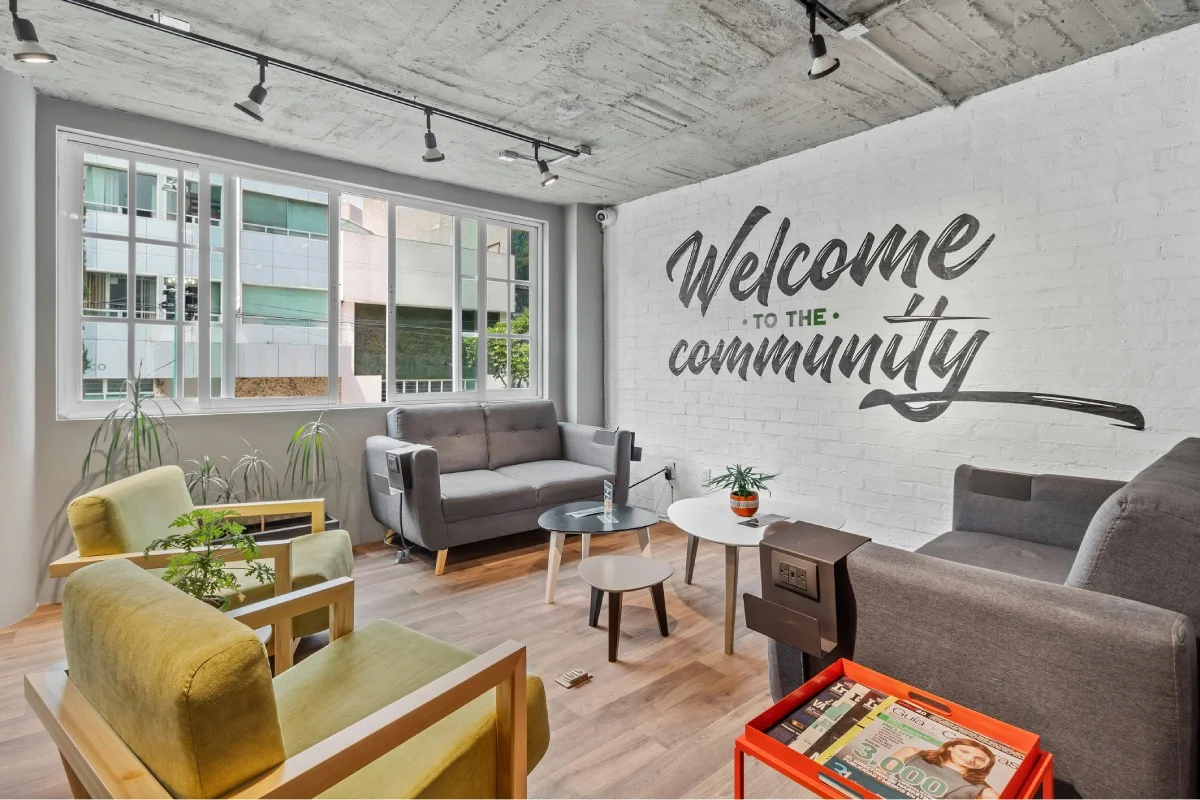Planning for long-term condo living doesn’t end with buying or renting a condo unit and moving in. It takes a lot more nuanced and nitty-gritty preparation that accounts for the present and the future. Because, if not, your space can quickly feel like a hurdle, instead of a home.
As time passes, condo owners' and renters’ needs change. One day, an owner will choose to live in the space and later decide to rent it out. Or a single tenant might start building a family and the unit will soon feel smaller for a couple with one or two growing children. Some might even decide to move to a bigger home in the suburbs to accommodate their evolving lifestyle, while others may opt for a more central location closer to work or school.
These changes are all part of the process, a natural evolution of condo living. With the help of DMCI Homes, you can feel confident and assured about your condo decisions, knowing you have the guidance and options to navigate these transitions with ease.
While sizes, cuts, and layouts of a unit are unchangeable, there are ways to plan for long-term condo living that allow flexibility and adaptability toward any change. Whether you’re considering renting or buying a DMCI Homes condominium, or planning what to do with the one you’re already leasing, this guide will help you make informed decisions and create a home that grows with you.
The importance of understanding your needs in condo living
Among many things, our living spaces are a reflection of our lifestyle. It’s a place where we can feel safe, comfortable, and empowered to be our best selves. But being your best self also comes with changes. And that means your space should be able to adapt and grow along the way.
For these reasons, understanding your needs now and in the future can do a lot to help keep your spaces conducive to your personal growth and goals. Ironically, many people often overlook these minute details in planning.
When they do, they find themselves often struggling with achieving the personal space they’ve often dreamed of and are confronted with hurdles when it comes to maximizing their condo unit. This problem, thankfully, can be easily resolved by adding a bit more structure and detail in planning.
 Photo courtesy of DMCI Homes
Photo courtesy of DMCI Homes
Evolving spaces: Having flexibility in condo units
Even with its limitations, condo living can be as flexible as living in a house. It will just take a touch more nuance in planning. In fact, for many seasoned condo owners and renters, condo living can sometimes even be less challenging than managing an entire household.
READ MORE: Dispel These 10 Common Condo Living Misconceptions
The one trick up their sleeve? Meticulous assessment and preparation often involve the steps we outline below.
1. Take note of your current needs.
The first step you need to take in planning is accounting for your needs. This step is essential to determining any gaps and non-negotiables you must consider when outlining your next steps. It entails lots of self-reflection and finding truths about how your spaces are enabling your growth.
Make sure to set aside focused time to check in with yourself about this. It’s best to do this in your condo unit while observing your space and assessing how it complements your lifestyle. Similarly, while you’re reflecting on this, you can begin reimagining what more it can give you.
Depending on where you are on your condo renting or buying journey, these critical points should help guide your assessment:
- Lifestyle requirements - Think about your daily routine from when you start to when you end it. Think about your habits and if your space is letting you move freely while enacting them. Think about how you entertain yourself, and your guests, and how much time you spend inside this space.Then, ask yourself if there are things that can be optimized so that you can improve the experience of conducting these activities.
- Space and layout preferences - Given a better understanding of your activities, you must then reflect on how much space is ideal for accommodating them. Perhaps you’re the type who works at home a lot and thus needs an additional room to turn into an office. Or you may live alone and spend more time outside, needing only a little space and a simple layout.
 Photo courtesy of JESHOOTS.com via Pexels
Photo courtesy of JESHOOTS.com via Pexels - Community amenities - Condo building amenities help remove some of the burden of optimizing your unit for leisure. Thus, when you’re considering a condo development, this is often one of the first things renters and buyers should look at.In DMCI Homes developments, there is a wealth of amenities that empower different lifestyles, relieving renters and owners from worries about financing these provisions. For instance, renters with active lifestyles prioritize gym or pool amenities. Families, on the other hand, tend to look for playgrounds or other child-friendly recreational spaces.
- Budget and financial considerations -See if you can finance long-term condo living. If you’re renting, there are the lease, maintenance, association fees, and other costs to consider.Create a budget that accounts for all of these fees compare it with your current income and see if you still have extra to feel financially secure. If it does not match up well, however, there is always the possibility of setting aside extra for moving into a space that better suits your needs.
Again, knowing how well your space matches up with your needs is critical to mapping out your next steps. But it paints only half of the picture, especially in the context of long-term condo living.
2. List any potential changes you anticipate.
The second half of that picture is painted by the potential changes you might have in the future. Let’s say you’re a family person and are hoping to marry and have children. Coming into a viewing, a unit that’s spacious enough to accommodate a future spouse and a child is a priority.
Life changes like this are given consideration. Apart from spaces needing to adapt to increasing or decreasing number of occupants, some other changes that can occur are:
- Technological advancements - If you’re a condo owner or renter with technophile tendencies, optimizing your unit for smart devices has most likely crossed your mind. But with technologies evolving rapidly, it can eventually outpace the structure of your unit.Hence, if you aim to continuously upgrade your home technologies, you might want to look for a condo building that has the latest infrastructure that powers these.
- Preparing for increasing costs - Changes in economic conditions can cause fluctuations in rent costs or interest rates. As you know, these fluctuations tend to point towards increasing rent or interest rates, as the cost of goods and services rise.There is no understating the importance of this consideration, as mitigating the risk of delayed payments in any scenario is critical to keeping your unit for the long term. In this regard, as you plan for your future, planning for financial growth becomes important too.
 Photo courtesy of Mikhail Nilov via Pexels
Photo courtesy of Mikhail Nilov via Pexels
3. Find common ground between now and then.
With your future needs considered carefully, you can now paint a better picture of a space that can be flexible enough to accommodate them. But before we build a plan for evolving your spaces, we must first find where these needs overlap.
Consider a Venn diagram of these needs. What needs in the present and future are found in the converging point of that diagram? Is it a two-bedroom condo? Or perhaps a unit that can accommodate Internet of Things (IOT) devices?
It’s important to note this convergence point because the needs listed there are the ones you should prioritize, as they have an immediate and long-standing purpose in your condo. Once those are established, you can begin exploring specific aspects you can prepare your condo to accommodate like:
- Short-term vs long-term leases (for renters) - The first thing you’ll want to weigh is the duration of your lease, especially if you’re a renter. Whether it's for long-term occupancy or future plans to turn it into a rental of their own, many opt for rent-to-own (RTO) units.
- Flexibility in condo layout - Choose a flexible layout where you can install and remove temporary dividers or fixtures according to your requirements. While a condo layout is fixed, a more spacious and open one has more potential to allow these small modifications.
- Smart renovations - These include any updates in technology you might want to add to your condo unit. Another important consideration here is that any updates to wiring that might affect neighboring units must be coordinated with your condo building administrator. Do not hesitate to reach out to them to get permits and guidance to implement any electrical upgrades.
- Strategic location choices -Lastly, you must also consider the location of your condo building before deciding on renting or buying. This location must be within proximity of other important aspects of your life like, work, your child’s school, hospitals, etc.
 Photo courtesy of Marina Leonova via Pexels
Photo courtesy of Marina Leonova via Pexels
4. Determine your priorities and plot a roadmap that’s aligned with them.
The last thing you want to do in planning long-term condo living is to create a roadmap that follows your predetermined timeline for your life. It’s the final step to add structure to your planning that helps you preempt anything changes that might need extra preparation.
Although no plans are ever set in stone, this roadmap should be viewed as a general guide to:
- Assessing your current home and future options - Considering other options is important as the possibility of outgrowing your current condo is always a possibility. Plotting this in your roadmap also helps you plan for future purchases or rentals and take advantage of price or rent drops.
- Setting financial goals - You can and must also plot your financial goals along with your future options. In doing so, you can mitigate the impact of sudden spikes in rent or interest rates in RTO units. Budget for as much and as far as you can so nothing catches you off-guard.
Plan now, live a comfortable condo lifestyle later
Everyone goes through unprecedented changes in life. When these changes come, people often scramble to adapt because of a lack of planning. In these instances, living situations can become shaky and cause feelings of insecurity even for the most level-headed people.
To buffer these impacts, due planning as we’ve tackled above is critical to avoiding that. Remember that, apart from your plan, you can also enrich your planning by:
- Seek advice from experts. Reach out to your real estate agent for expert advice on renting or purchasing condo units. These professionals are armed with thorough and precise knowledge of real estate trends and can thus guide you to make the right choices for your needs.
- Monitor real estate trends. Understanding how the general market landscape changes gives you a broad perspective that makes planning more effective. Through it, you can anticipate the rippling effects of external changes on your living conditions — information that is critical to responding and adapting effectively.
- Stay open to changes in plans. As we mentioned, no plans are ever set in stone. While you shouldn’t move goalposts, you can change your strategies. Pivot as much as you need to because most of the time, you don’t need a new goal — you just need a new approach to achieving it.
If you need additional help and guidance about planning long-term condo living, the DMCI Homes Leasing Blog has a wealth of information for first-time or even seasoned condo owners. Additionally, you can engage with our active Facebook community and exchange ideas in the comments section of our posts.
For quick and convenient transactions for changes or updates to your contracts or other needs for condo living, download our DMCI Communities app — available on Google Play and App Store.
To stay up-to-date on DMCI Homes Leasing condo options, remember to check out our social media accounts too: Facebook, Twitter, Instagram, and YouTube.








